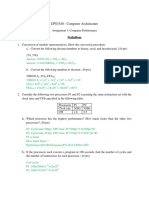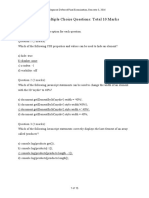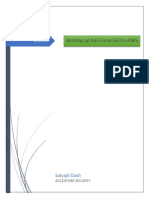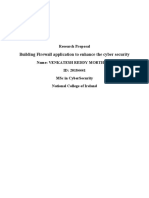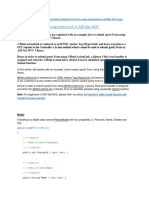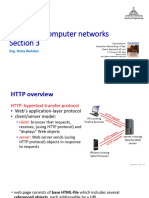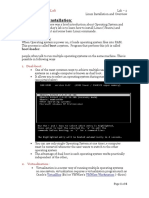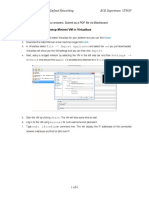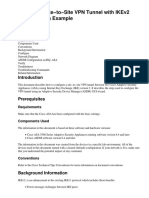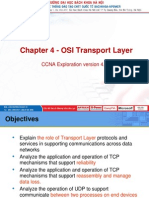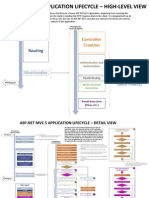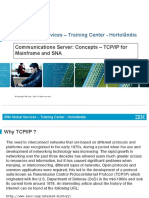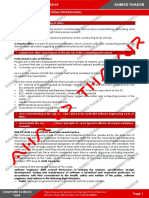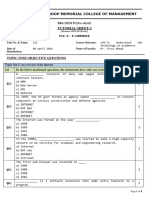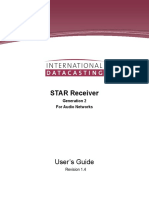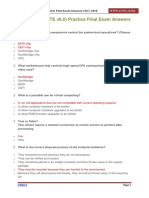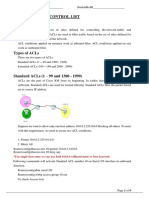0% found this document useful (0 votes)
50 views20 pagesSection 2 - Networks
The document discusses two principal Internet transport protocols: TCP and UDP. TCP provides reliable, in-order delivery of data with congestion control and flow control. UDP provides an unreliable datagram service with no guarantees and no frills. The document also summarizes the key services provided by TCP and UDP, such as reliable data transfer, flow control, and congestion control. Transport layer protocols use port numbers and IP addresses to direct data to the appropriate socket process, known as demultiplexing.
Uploaded by
sherifasker2Copyright
© © All Rights Reserved
We take content rights seriously. If you suspect this is your content, claim it here.
Available Formats
Download as PDF, TXT or read online on Scribd
0% found this document useful (0 votes)
50 views20 pagesSection 2 - Networks
The document discusses two principal Internet transport protocols: TCP and UDP. TCP provides reliable, in-order delivery of data with congestion control and flow control. UDP provides an unreliable datagram service with no guarantees and no frills. The document also summarizes the key services provided by TCP and UDP, such as reliable data transfer, flow control, and congestion control. Transport layer protocols use port numbers and IP addresses to direct data to the appropriate socket process, known as demultiplexing.
Uploaded by
sherifasker2Copyright
© © All Rights Reserved
We take content rights seriously. If you suspect this is your content, claim it here.
Available Formats
Download as PDF, TXT or read online on Scribd
/ 20

